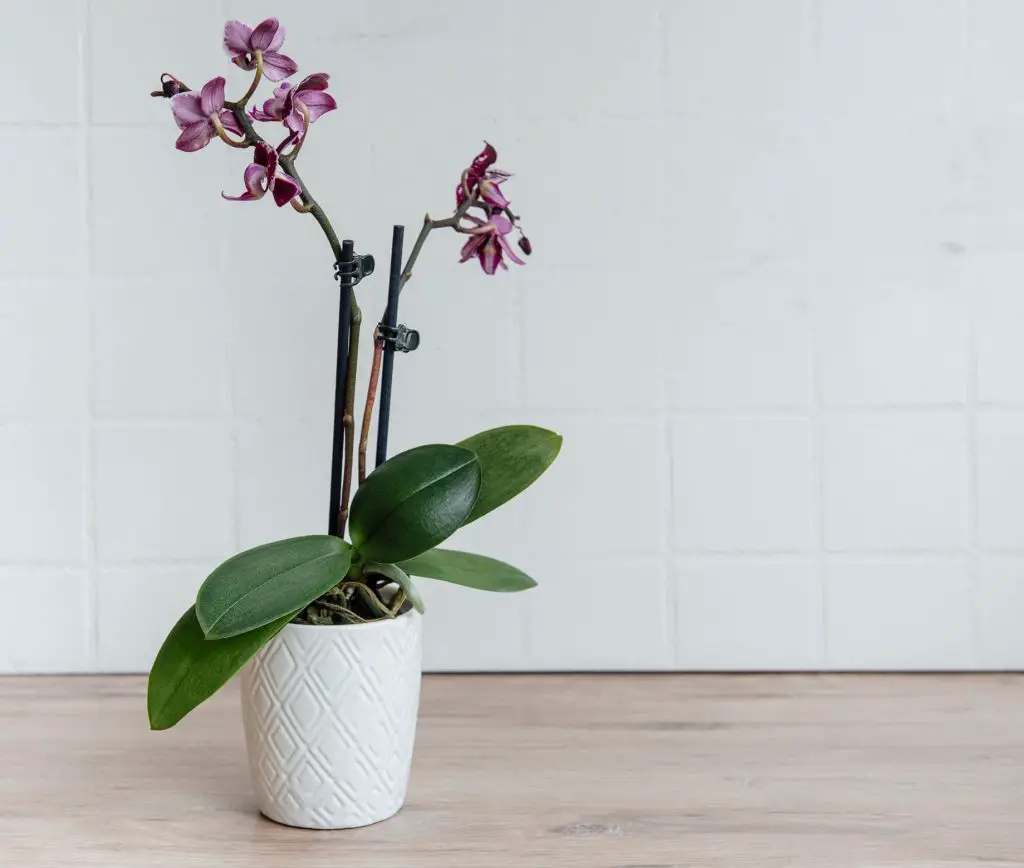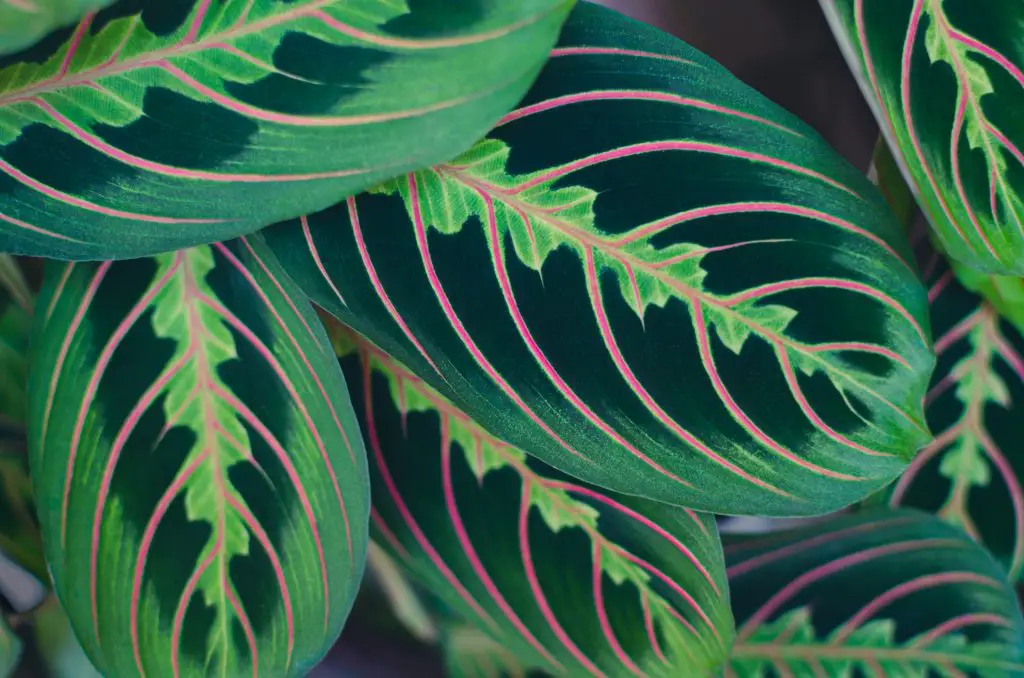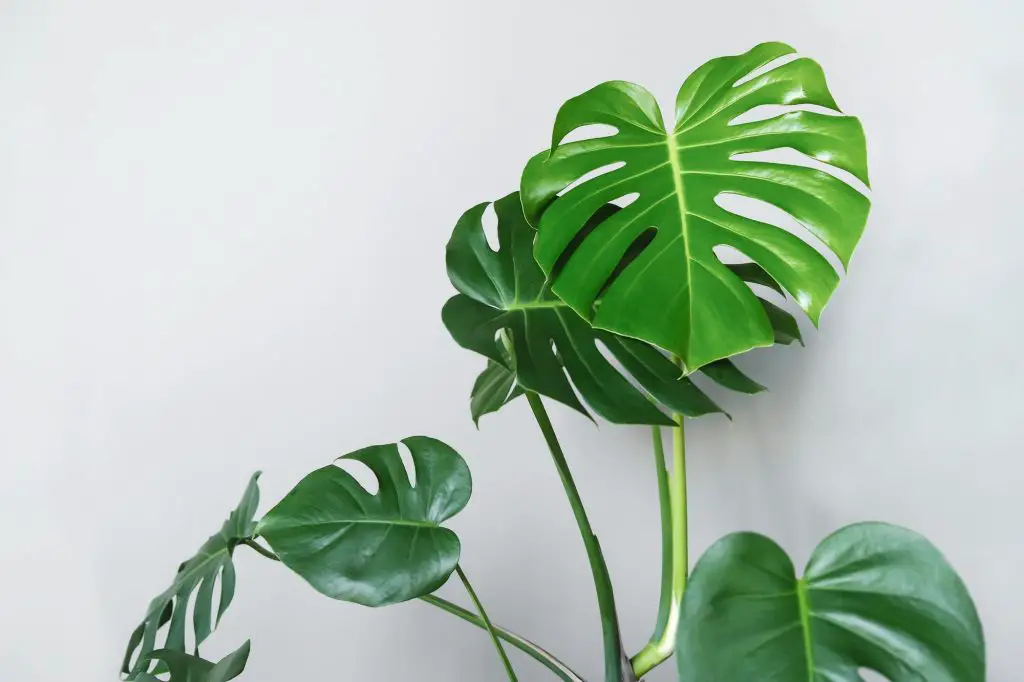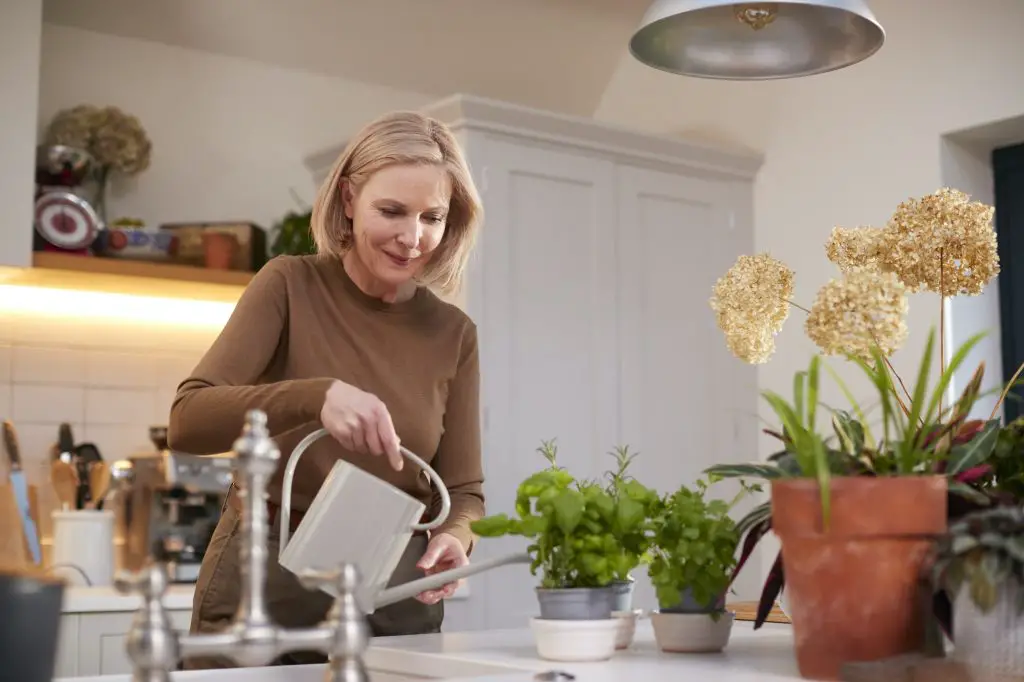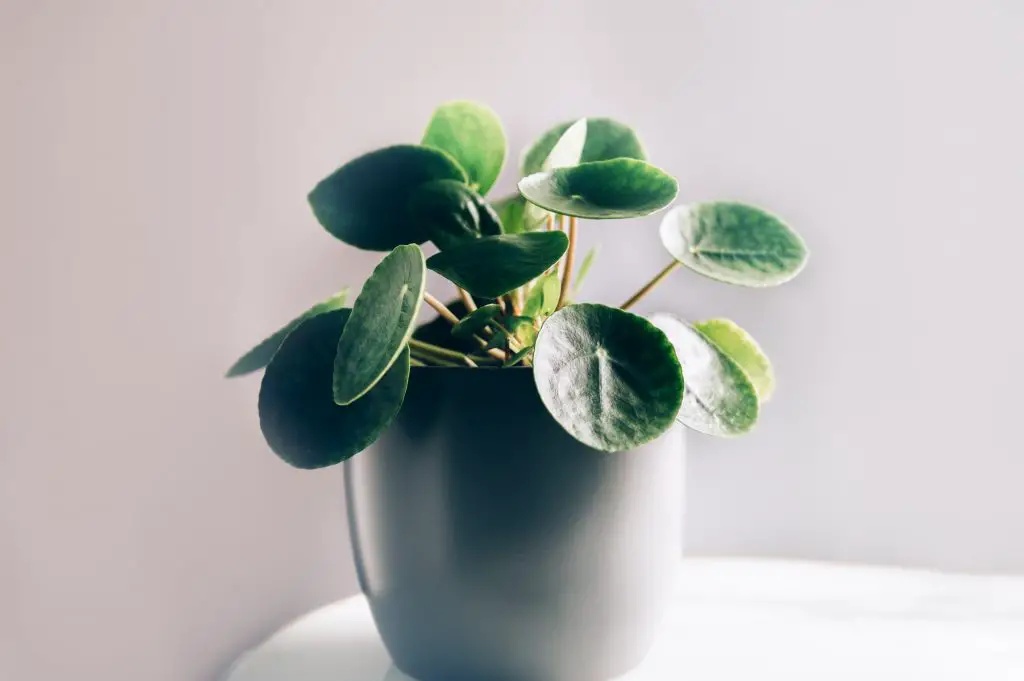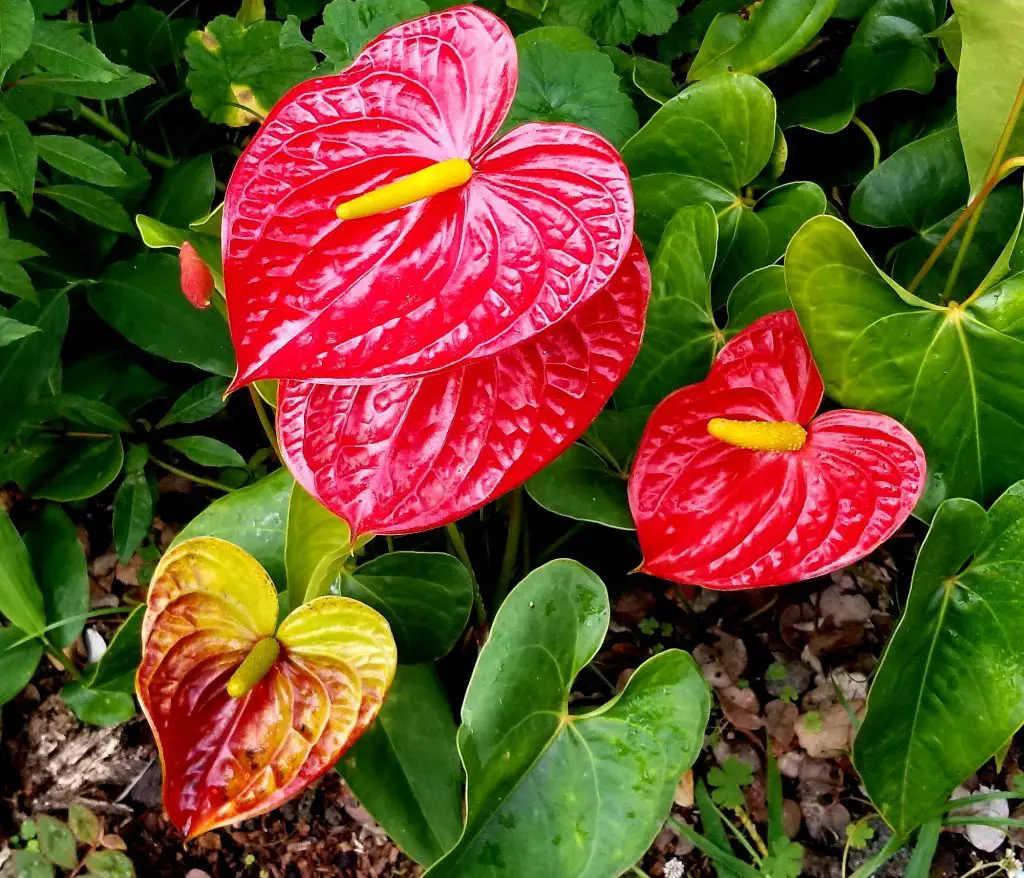For every gardener, flowering plants are a wonder, apart from the fact that they add beauty to your home, environment, and garden, they also have an attractive smell, so much so that many flowers from these plants are used to make scents or perfumes.
A lot of people have the wrong misconception that flowering plants are hard to grow, however, this is not true. Some flowering plants are cultivated because they are easy. Read on to find out about one of our favorite flowering house plants.
Read this: Clivia Plant: The Complete Growth And Care Guide (2021)
Table of Contents
Phalaenopsis Orchid Plant Background
| Common name | Moth orchid |
| Botanical name | Phalaenopsis spp |
| Soil type | Well-draining soil |
| Soil pH | Slightly acidic to neutral |
| Temperature | 60 degrees F |
| Light | Bright, indirect light |
| Toxicity | Non-toxic |
| Origin | Southern Asia and Part of Australia. |
The phalaenopsis orchid is known as the most popular flowering plant in the world, they are also called moth orchid and this is due to the look of the flowers, which are said to resemble the flying insect- moth.
The phalaenopsis flower is vibrant and beautiful, it is also said to bloom through the year.
The flowering plant comes in attractive colors of pink, lavender, and white, and yellow, some varieties are also known to bring out a lovely scent. Apart from colors, they also come in different sizes and patterns, they grow from 6 inches to 3 feet tall, and from 8 to 12 inches wide.
Contrary to a lot of assumptions, the Phalaenopsis orchids are very easy to grow, apart from their beauty, this is also why they have become popular and available among people, they are everywhere you look, gardens, homes, etc. The orchids can be grown by an inexperienced gardener and they will turn out fine effortlessly.
Not only are the orchids easy to grow outdoor, but they also make good indoor plants. if you have the intention to grow orchids in your home, then you will need all the guides here.
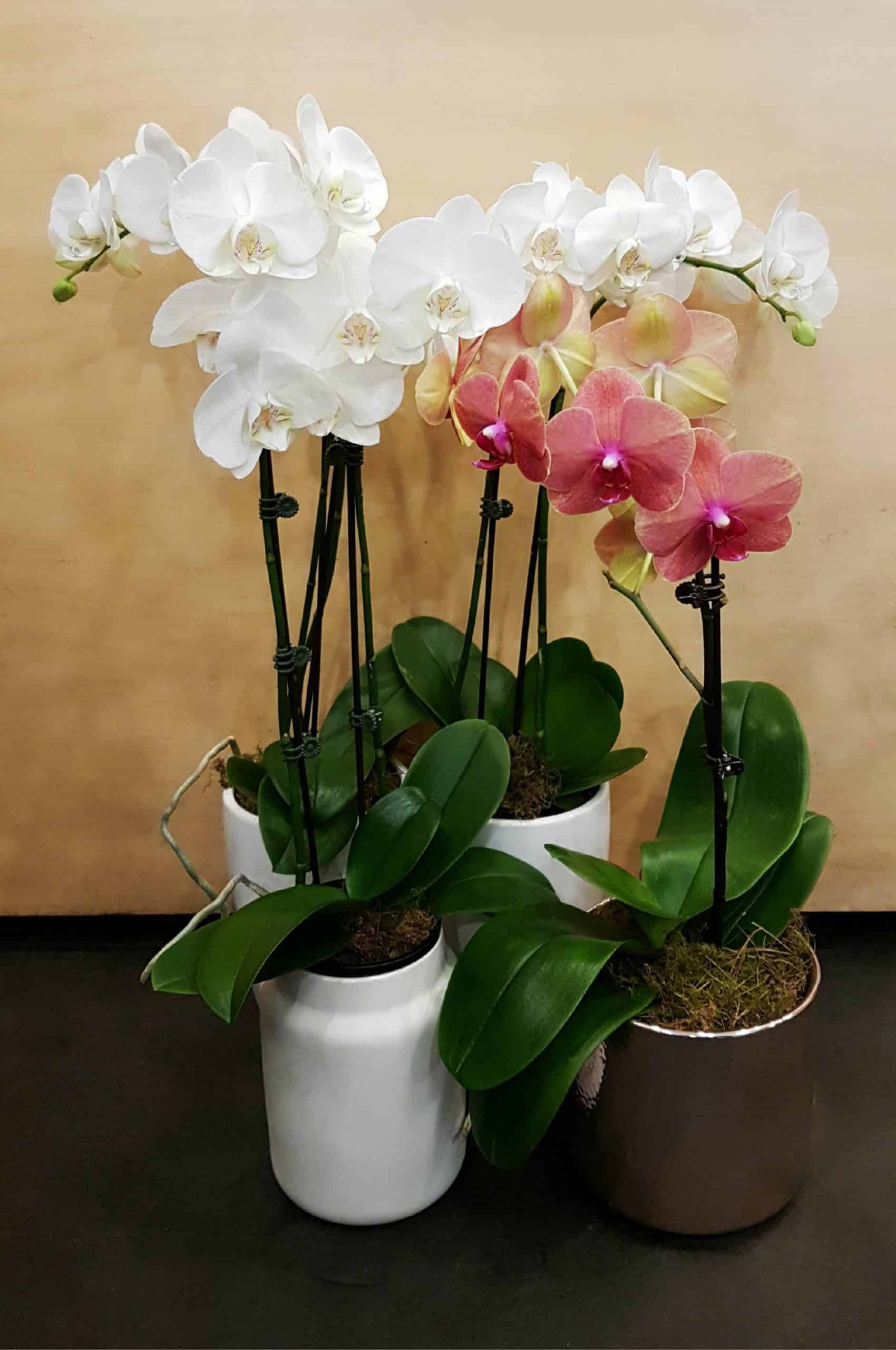
Phalaenopsis Orchid Propagation Requirements
Propagating this type of orchid is actually straightforward, here’s all you’ll need.
1. Light
Light is very important to most plants, they require a certain level of light for effective growth and the orchid is no different, the orchids are low-light plants, hence they thrive best in indirect sun. giving your plant direct sunlight can result in damages for your plant, also giving your plant too low light can result in darker, duller leaves.
There has to be a balance. Your plant will require the bright sun to stay happy.
Quick Tips
Your orchid will grow properly if you get the lighting and watering correctly! It is this easy.
2. Humidity
Orchids are not high on their demand for humidity, they will do well once you provide about 50% humidity for them. If the environment is dry and the home isn’t humid enough for them, you can make use of peddling trays or humidifiers to give additional humidity. Peddle trays can be purchased and can be made at home.
3. Soil
Phalaenopsis orchids, in their natural habitat, do not grow in soils, they are epiphytic plants, hence they do not get their nutrients from the soil but the air. They are usually attached to branches and trunks of trees and they are non-parasitic to their host tree, however, when grown as indoor plants, they can be grown in the soil.
The best type of soil to grow the orchids in is moist, well-drained soil. You could purchase a high-quality potting mix for an orchid. You could also mix some organic materials i.e. perlite, peat moss, and fir bark, to make sure the soil is the best one for your orchid.
4. Temperature
Orchids are known to grow in warm spots that are well ventilated. The perfect temperature for your plant is 60 degrees F; do not let it drop below this. Cool temperatures at night help the pant store nutrients hence you should keep the temperature cool at night and warm during the day.
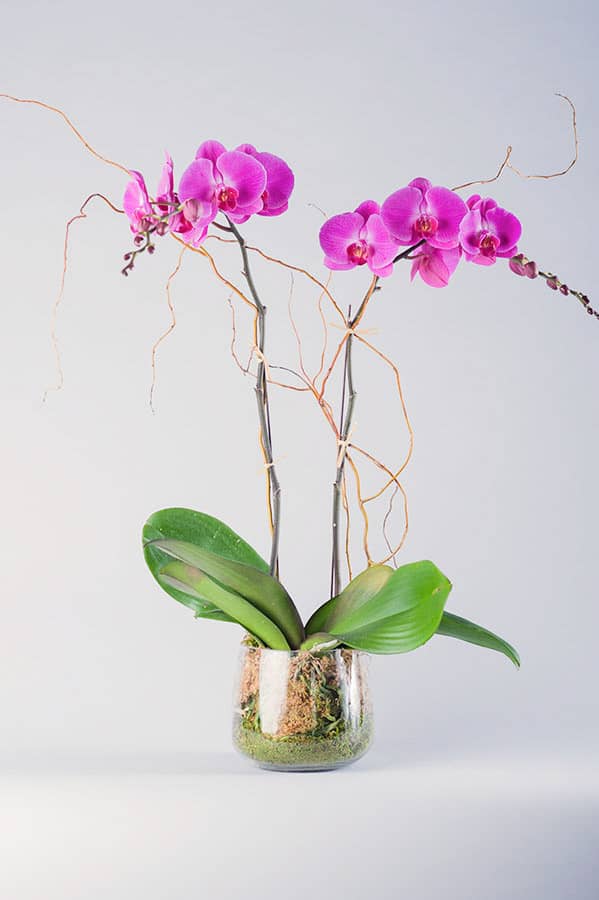
5. Water
Phalaenopsis like that you take its watering business seriously, it enjoys moist but not wet soil. The plant when over-watered will be susceptible to root rot. Your plant should only be watered when it is required, you can know this by sticking your finger about 2 inches into the soil.
You can also observe the condition of the environment and create a watering schedule that fits the need of your plant, however, should be adjusted when the season has changed.
Your orchids should never be watered with tap water, make use of only rainwater, distilled or highly purified water, this is because tap water contains mineral salts that are not healthy for your plant. if there are no alternatives, make sure your flush out the mineral salts from your plant once a month.
6. Fertilizer
Your plant will enjoy being fertilized better in the growing season. You should apply the fertilizer to your plant when it is blooming, this should be done two to three times in the month.
When your plant isn’t growing i.e. during winter, you should fertilize less often. Make use of water-soluble fertilizer, you can also dilute the fertilizer to half its strength to avoid damages to your plant.
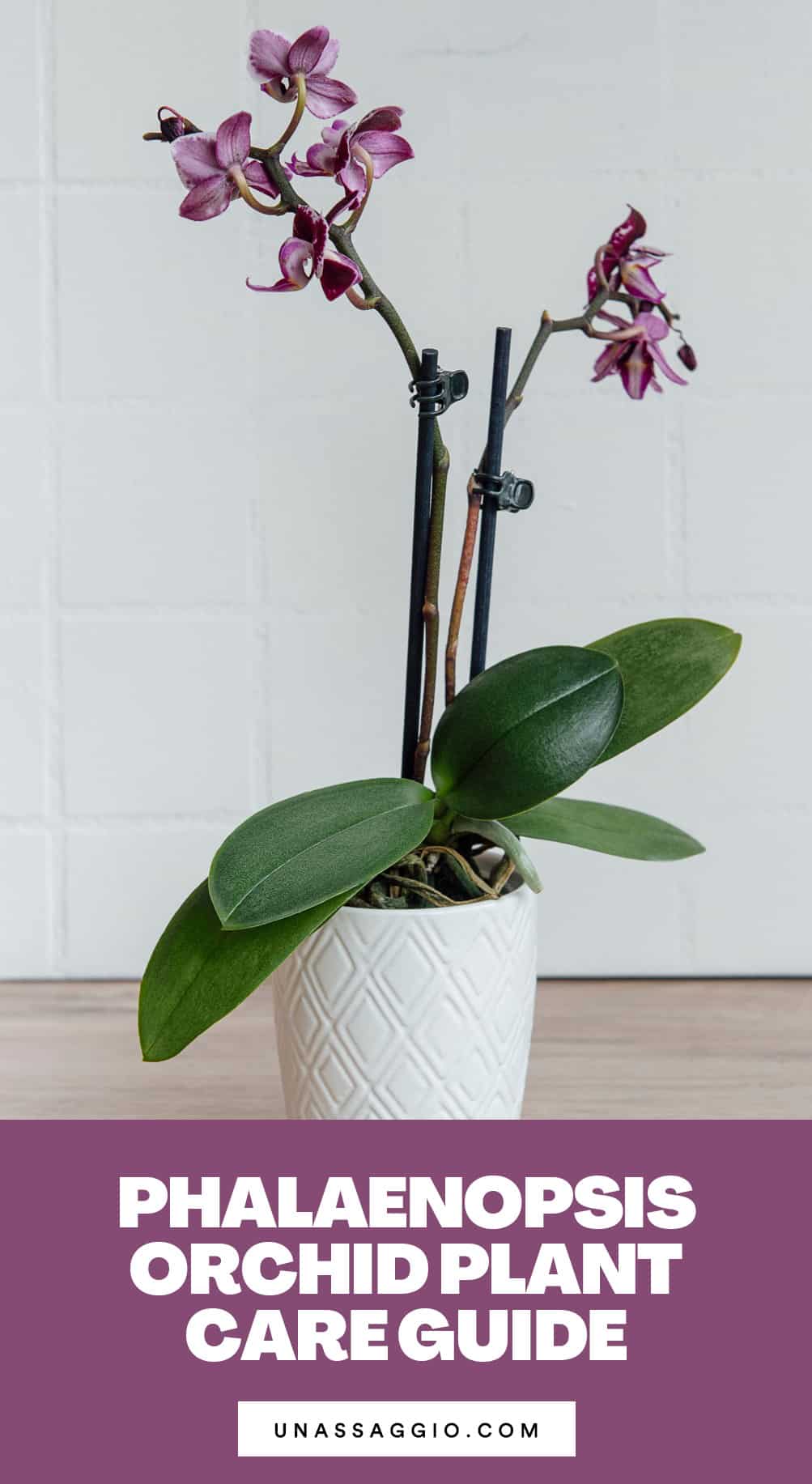
Phalaenopsis Orchid Propagation Guide
The Phalaenopsis orchids are easy to propagate, propagation is usually achieved in the home by transplanting its offsets or planters, also known as keikies.
Keikies is a Hawaiian word for baby, it grows on nodes, by the stem. This method can also be referred to as a type of division. The phalaenopsis can also be propagated via seed; however, this method is often done by commercial breeders because of all the scientific procedures it requires. Follow the steps below to propagate.
- Purchase a keikie rooting hormone, this is to encourage the growth of the plant.
- Select a healthy plant, sterilize your knife or tweezers and cut through the covering of the bud growing at a node. Be careful so you do not cut the nodes themselves.
- With the use of tweezers, pull back the bract, apply the rooting hormones and close it back.
- When the keikie has developed roots (2 to 3 inches long) remove it from the stem and plant it in a new pot. You could place the pot in a peddle tray for humidity and water it to keep it moist.
- Place the plant in bright, indirect light and mist it regularly until it has established a root system in the soil, then you can continue the normal orchid watering schedule.
Phalaenopsis Orchids: How To Care For Your Phalaenopsis Orchids
- Although your orchids need light, they could get burned when exposed to direct light.
- it is quite easy to purchase an unhealthy phalaenopsis orchid the first step to growing a healthy orchid is to purchase a healthy one. Some orchids are forced to flower on time and this weakens the plant. Make sure to check the plant you are purchasing for pests, diseases, or other problems. A good place to purchase a healthy orchid is from local growers.
- Repotting is important to orchids; it allows you to change the soil to a new and fresh one. Also, it helps you check and get rid of damaged roots. You can re-pot your orchids once in one or two years.
- While watering, make sure you only water the roots; keep water away from the leaves and flowers.
Conclusion
You will be happy when your orchid is happy. Your orchid can only be happy when it is given the right care and growth condition. The phalaenopsis is a beautiful plant to own, it also lasts for many years. You can keep your orchid for as long as you want.

